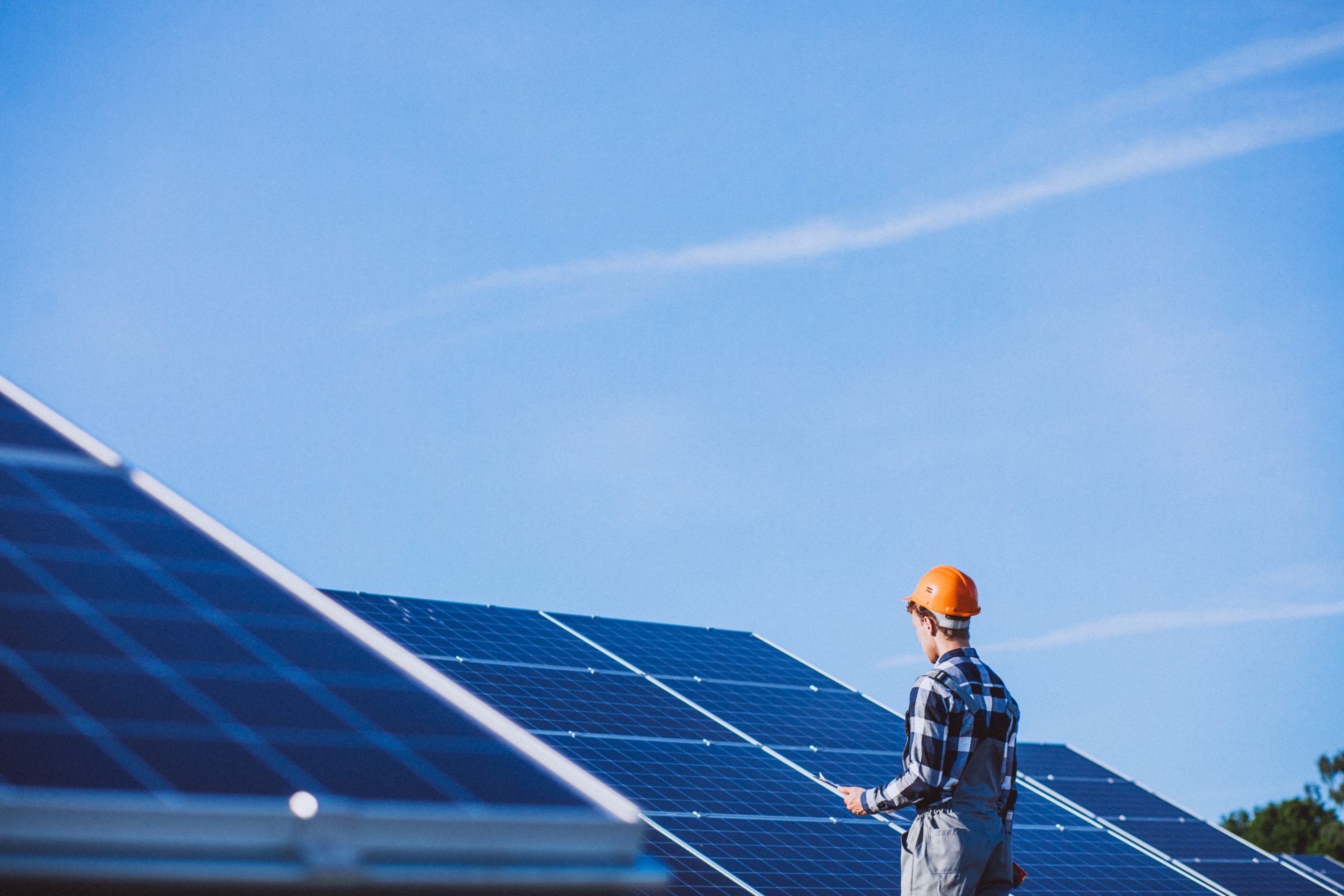The EU institutions are working hard to come up with new communications on the upcoming European Defence Industrial Strategy and a 2040 emission reduction target, just before EU politicians head into elections in June. While innovations in the defence industry could play a pivotal role in the EU’s overall decarbonisation efforts, significantly reducing the Union’s dependency on foreign fossil fuels and helping yield military gains, the two aspects have so far hardly been connected. Instead, the EU’s defence investment gap analysis of 2022, which paved the way for the Defence Industrial Strategy, makes no mention of the opportunities of linking the defence industry to the EU’s green industrial policies.
Many defence companies operate in both the civilian and defence sectors, and defence ministries also often acquire items, such as cars, buildings and cloths, that are subjected to climate policies. However, some defence-specific purchases like navy ships, submarines, missile launch or defence systems, jet fighters and tanks – whilst heavily relying on fossil fuels – are currently left out of all climate policy plans. For instance, a Leopard tank needs approximately 1 200 litres of diesel to operate for eight hours in the field — still a comparatively modest amount when compared to the estimated 5 600 litres of kerosene used per hour to fly a Joint Strike Fighter F-35.
In 2022, the EU agreed upon a Climate and Defence Roadmap, prompting EU member states to develop action plans on this issue as part of the Strategic Compass, addressing the impact of climate change on their militaries. Moreover, some initiatives by the European Defence Agency and NATO are already in place to boost the green innovation and energy transition within the defence sector. However, within defence ministries, other issues often receive more attention, such as the need to replenish depleted stocks and keep supplying Ukraine. In almost every debate on the issue, there is a recurring concern that emission reduction goals for the defence sector might risk operational effectiveness.
Military emissions are presently not fully disclosed due to concerns about divulging strategic information to potential adversaries, posing challenges in establishing emission reduction goals. There is also a general disbelief that heavy weapons and platforms, such as tanks, jet fighters and navy ships, can be powered by energy sources other than fossil fuels. In this respect, the defence sector resembles the energy-intensive industries of roughly two decades ago. Yet, there will inevitably come a point where it will have to be acknowledged that alternatives are available for the ‘hard-to-abate’ activities, such as steel production. For most experts in defence ministries and the industry, this is still outside of the range of their imagination, despite the fact that European companies will soon have to list their emissions from both production processes and products under the Corporate Social Responsibility Directive.
At the same time, there is a growing interest within the defence industry to explore alternative energy sources. For military operations, the high human cost associated with securing traditional fuel supplies is well known. Storage tanks are popular targets too. Electric or nuclear-driven technologies could potentially eliminate the need for such vulnerable fuel infrastructure.
The costs of fossil fuels are enormous, as is the innovation potential of the defence industry. Developing a zero-carbon strike fighter could be compared to putting a man on the moon but would undoubtedly also offer substantial direct benefits in the fight against climate change, as well as huge technological spin-offs. Such advancements could also give us a competitive advantage over nations like China and Russia, which are still ignorant when it comes to decarbonising defence. Of course, while less war would be best for the climate, even the Greens have realised that this is wishful thinking in today’s world.
To gain a competitive advantage and enhance military autonomy, the EU should invest more in technology development aimed at reducing military emissions. Decarbonising defence should also be part of the EU’s climate policy package for 2040, which is essential for establishing a credible pathway towards achieving climate neutrality by 2050.
The defence industry needs to be integrated more into the EU’s overall efforts to promote green industries across Europe through targeted action. Such investments could then be part of the minimum two per cent of GDP spending norm for defence, which European countries agreed upon within NATO but struggle to meet. It would moreover help the defence industry attract finance that is linked to sustainable production, supply chains and the delivery of zero-emissions products. It would also portray the military and defence industry as a responsible and hence more attractive employer for the new generation. Lastly, these efforts could reduce the likelihood of military involvement in responding to domestic and international crises related to floods and other extreme weather events, as highlighted in numerous climate-security policy statements.
Therefore, it would be strategically smart to connect Europe’s Defence Industry Strategy to green industrial policies such as the Net Zero Industry Act, or to develop a more elaborate policy package to stimulate green innovation in defence, specifically targeting emissions currently considered ‘hard to abate’. After all, what powerful zero-carbon solutions can be invented and engineered by the research and innovation departments of Europe’s defence industry champions and SMEs? Let’s not waste this opportunity and make sure that the EU’s technological and industrial defence base will be shaped in a green way.


